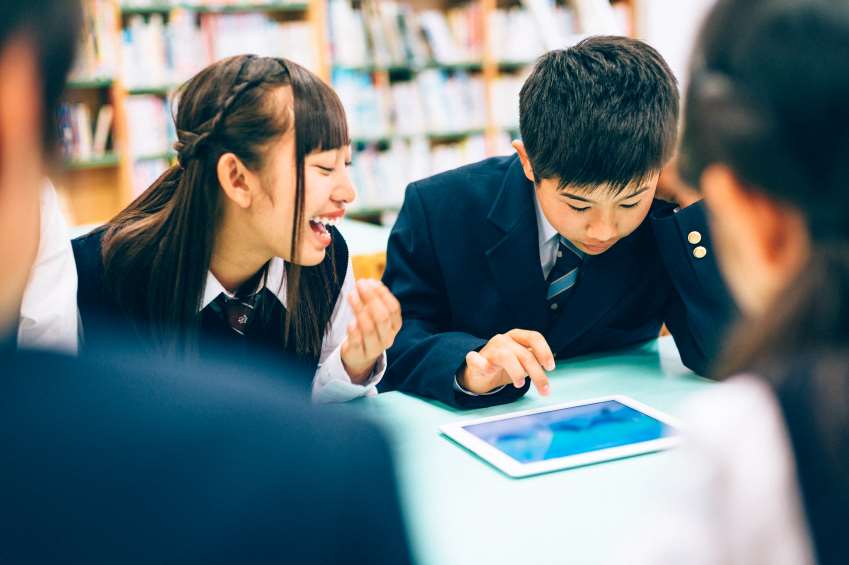As a new school year begins, it’s estimated that over one million children will take tablets into the classroom in 2016 alone, with most parents shelling out up to $1000 a device, according to several new studies.
But navigating the minefield of bring-your-own-device (BYOD) policies for schools is proving challenging for parents.
A survey of parents by Microsoft Australia reported that 37.4 percent received “little to no guidance when purchasing the correct device for their child”.
Almost 44 percent of parents said they felt ‘in the dark’ when it comes to the technology needs of their children – and over one in five said they’d gone on to buy “the wrong device in the past, or one that doesn’t do what they need it to.”
Microsoft and Intel this year banded together to create a portal to try to assist parents in buying a good machine. Retailers like Harvey Norman and individual schools have also set up similar services to try to cut through the technology confusion.
But even buying from recommended sites and retail schemes isn't risk-free.
Long-time technology journalist Adam Turner found this out after buying a new computer for his son.
After picking it up, he discovered it was pre-imaged and locked to the school, meaning no extra apps – even for backup – could be installed.
“I will be extremely unhappy if I'm locked out of my own computer, especially as there was no mention of this when I purchased it,” Turner wrote in a column for Fairfax.
“There was no mention of admin rights at the school information night, but I do remember the teacher saying they were introducing a BYOD policy this year with the option to install the school's productivity software bundle.
“So I figured if worst comes to worst I could always wipe the Lenovo, install a fresh copy of Windows and let my son take it to school as a BYOD device.”
Telstra saw parental concerns - once a laptop or tablet had been purchased – more around the use of the device, particularly at home.
Digital inclusion senior adviser Shelly Gorr recommended that parents encourage children to become “makers” rather than just be passive consumers of content.
“An emerging trend is the ‘digital maker’ movement: using technology to further explore children’s passions and hobbies, opening up richer digital experiences and new avenues for creativity and expression,” Gorr said.
“This might be digital storytelling, or making art, music and video with digital tools.
“At a deeper level, digital making involves learning about the underlying technology itself, such as learning how to code to create your own website, app or game, or design and 3D print an object.”
Gorr believed that BYOD policies would ultimately work in favour of children and schools as the focus of government policy ramped up around teaching science, technology, engineering and maths (STEM) skills.
“With 75 percent of the fastest-growing occupations set to require STEM skills, increasing kids’ digital literacy can help equip them with the skills they will likely need for their future, including computational, systems and design-thinking skills that can also be transferred into other aspects of life,” Gorr said.









